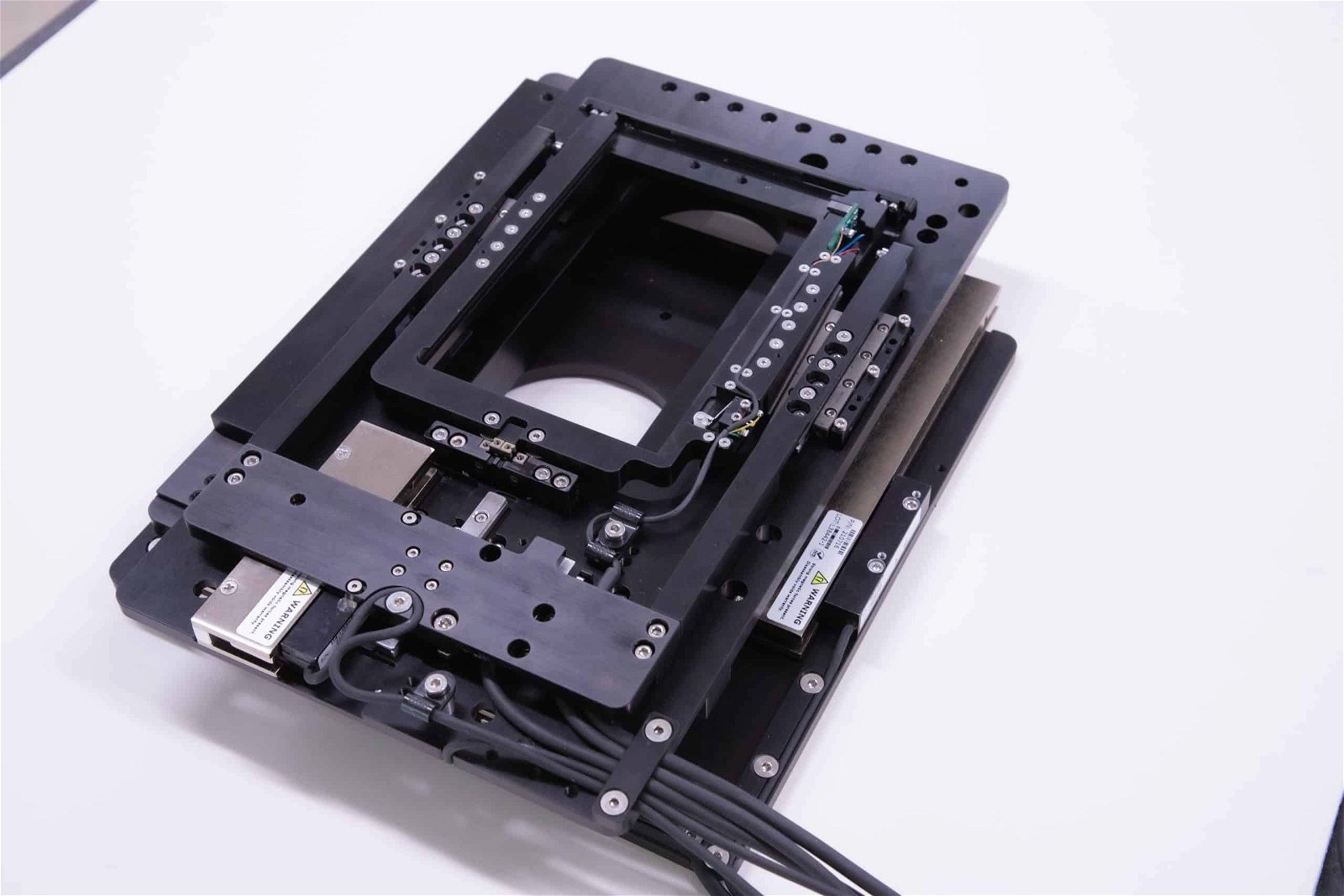
Digital pathology is in the news again today as it continues to drive diagnostic accuracy and facilitates global collaboration among pathologists, ultimately enhancing patient care and advancing medical research as it allows for the digitization of tissue samples. It does this by making it easier to store, share, and analyse medical data remotely. Additionally, it addresses the challenges of workforce shortages and provides opportunities for implementing artificial intelligence algorithms for more efficient and precise disease detection and classification. ALIO Industries is central to innovation in the digital pathology field providing an array of ultra-precise motion control systems that allow companies to continually innovate in this dynamic field.
Ultra-precise motion control systems are pivotal in digital pathology applications, where nanometer-level accuracy is essential for precise specimen manipulation and high-resolution imaging. This accuracy reduces motion-induced artifacts, resulting in higher-quality images critical for accurate diagnosis. Moreover, ultra-precise motion control systems support automation, streamlining workflows, and improving efficiency in digital pathology labs.
Bill Hennessey, President of ALIO Industries says, “Digital pathology machines demand precise motion control capabilities due to the need for nanometer-level accuracy in specimen scanning and imaging. These systems must precisely position microscope stages and imaging components to ensure that high-resolution images of tissue samples are acquired without motion-induced distortions or artifacts. Any inaccuracies in motion control can compromise the quality of digital slides, potentially leading to misdiagnosis or reduced research validity. Additionally, in automated digital pathology workflows, such as slide loading and sample handling, precise motion control is essential to avoid specimen damage, contamination, or misalignment.”
The integration of artificial intelligence (AI) algorithms in digital pathology applications relies heavily on precise motion control. The systems must accurately navigate the specimen slide to capture multiple fields of view for analysis, ensuring consistent and repeatable image acquisition. To achieve these requirements, motion control systems should provide real-time feedback and correction mechanisms to compensate for any deviations, maintain stability, and enable rapid, high-throughput scanning. In essence, the precise motion control demands of digital pathology machines are paramount in achieving accurate diagnoses, reliable research outcomes, and the successful implementation of AI-driven pathology workflows.
Hennessey continues, “Motion control solutions in digital pathology applications often involve advanced motorized stages equipped with linear encoders or piezoelectric actuators. Linear encoders provide real-time position feedback, ensuring precise specimen and slide movement, while piezoelectric actuators offer extremely fine control for focusing and scanning. Additionally, air-bearing stages are commonly used to minimize friction and vibration, crucial for high-quality imaging. To facilitate automation, motion control solutions in digital pathology may include robotic arms or loaders for sample handling. These robotic systems are designed to handle specimens and slides delicately, minimizing the risk of damage or contamination. Moreover, these solutions often integrate with imaging devices and software for seamless coordination, enabling rapid, efficient scanning, and image acquisition.”
Overall, motion control solutions in digital pathology such as those supplied by ALIO Industries to leading OEMs across the world are engineered to meet the demanding requirements of specimen manipulation and imaging, ensuring precise and consistent results critical for accurate diagnoses and efficient research.
Get in touch with ALIO: Expert solutions for your precision motion control needs